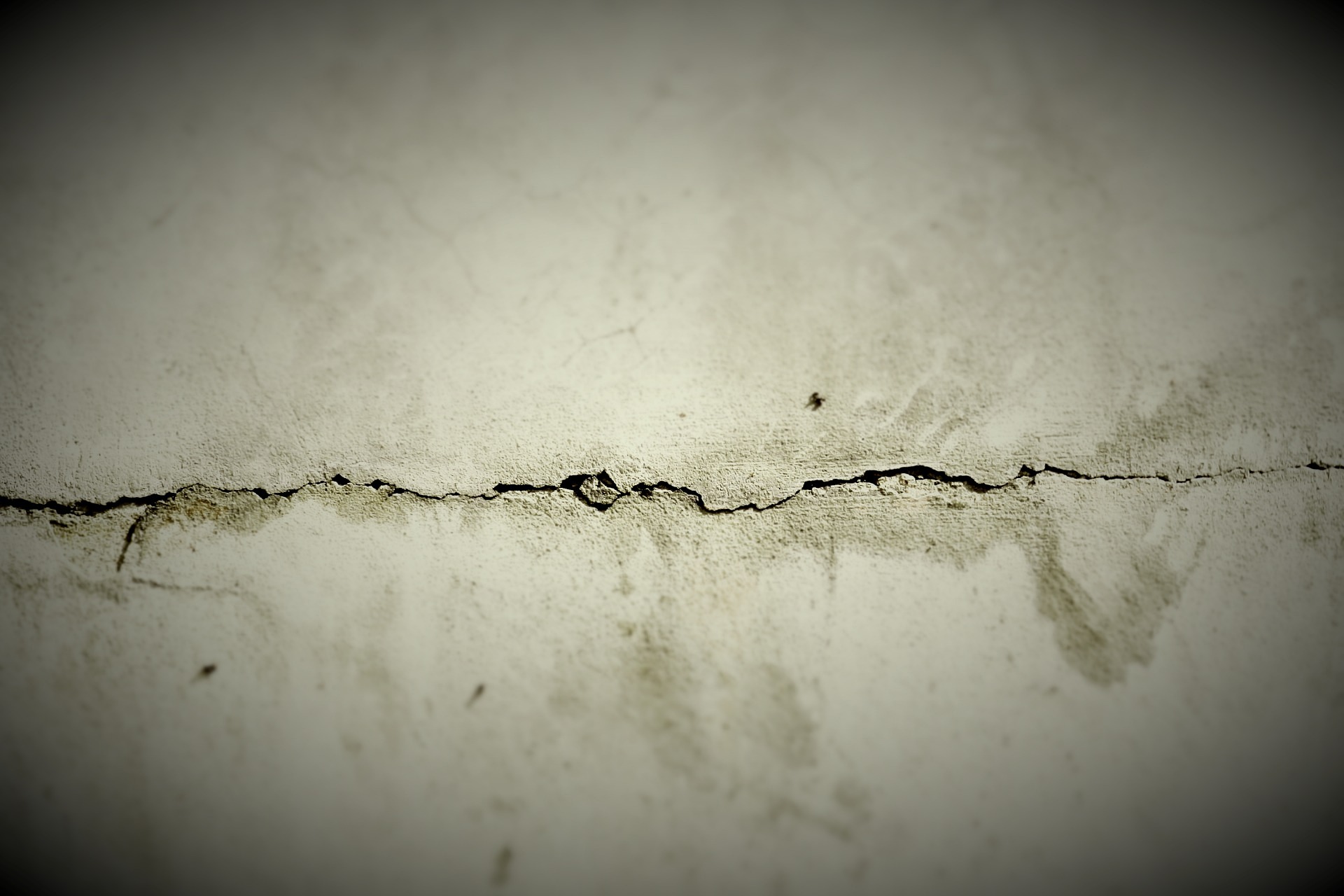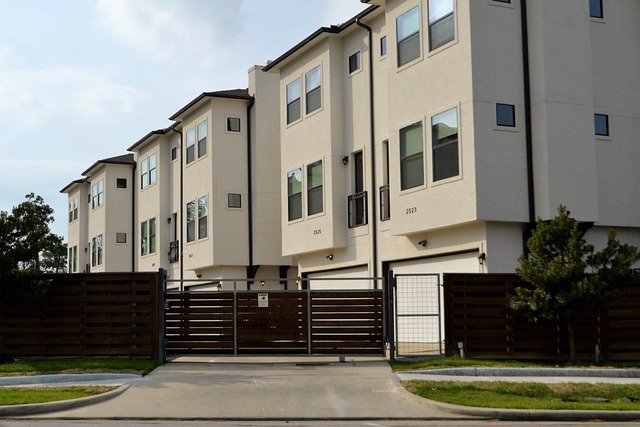Concrete Crack Repair: Methods and Safety Benefits
Concrete surfaces play a crucial role in the structural integrity of homes, driveways, walkways, and commercial properties across Australia. When cracks appear in these surfaces, addressing them promptly becomes essential for maintaining both safety and property value. Understanding how concrete crack repair works and recognising the various methods available can help property owners make informed decisions about protecting their investments from further deterioration.

How Concrete Crack Repair Restores Safety and Prevents Costly Damage
Concrete cracks create more than just visual concerns for property owners. When left untreated, these seemingly minor imperfections can develop into serious structural issues that compromise safety and lead to expensive repairs. Water infiltration through cracks weakens the concrete’s foundation, causing expansion during freeze-thaw cycles and accelerating deterioration.
The repair process begins with thorough crack assessment to determine the underlying cause. Surface-level cracks often result from settling, temperature changes, or minor stress, while deeper structural cracks may indicate more serious foundation issues. Professional repair techniques seal these openings, preventing moisture penetration and restoring the concrete’s load-bearing capacity.
Proper crack repair also eliminates trip hazards that pose liability risks for property owners. Uneven surfaces created by expanding cracks can cause accidents, particularly in high-traffic areas. By addressing these issues early, property owners avoid potential injury claims while maintaining safe passage for residents and visitors.
Effective Methods to Fix Cracks in Concrete Surfaces
Several proven techniques exist for repairing concrete cracks, with the appropriate method depending on crack size, location, and severity. Injection methods work well for narrow cracks, using specialised resins or polyurethane materials that penetrate deep into the concrete structure. These materials cure to form strong, flexible seals that move with natural concrete expansion.
Wider cracks often require routing and sealing approaches, where professionals use specialised tools to clean and widen the crack slightly before applying sealant materials. This method ensures better adhesion and longer-lasting repairs. Surface grinding may be necessary for extensive crack networks, followed by overlay applications that restore both strength and appearance.
Crack stitching represents another effective technique for larger structural cracks. This method involves inserting metal staples or rods across the crack to provide additional reinforcement while preventing further movement. The process requires precision and expertise to ensure proper placement and effectiveness.
Professional Concrete Crack Repair Solutions for Property Protection
Professional concrete repair services bring specialised knowledge and equipment that ensure lasting results. Qualified contractors assess crack patterns to identify root causes, distinguishing between settlement cracks that require simple sealing and structural issues that need comprehensive repair approaches.
Modern repair materials used by professionals offer superior performance compared to basic DIY products. High-strength epoxies, polyurethane sealants, and specialised concrete patching compounds provide enhanced durability and weather resistance suited to Australian climate conditions. These materials often come with warranties that guarantee performance for extended periods.
Professional services also include proper surface preparation, which significantly impacts repair longevity. This involves cleaning, drying, and sometimes grinding the affected area to ensure optimal adhesion. Contractors use moisture meters and other diagnostic tools to verify conditions before beginning repair work, reducing the likelihood of future failures.
Why Timely Crack Repair is Key to Durable Concrete Surfaces
Timing plays a critical role in concrete crack repair effectiveness and cost management. Early intervention prevents small cracks from expanding into major structural problems that require extensive reconstruction. Australian weather conditions, particularly intense heat and occasional freeze cycles in certain regions, can accelerate crack expansion when repairs are delayed.
Seasonal timing also affects repair success rates. Dry conditions with moderate temperatures provide optimal circumstances for most repair materials to cure properly. Planning repairs during suitable weather windows ensures better adhesion and reduces the risk of premature failure due to environmental factors.
The prevention approach extends concrete surface lifespan significantly compared to reactive maintenance strategies. Regular inspections and prompt repairs maintain structural integrity while preserving property aesthetics and value.
Simple Ways to Restore Strength and Appearance to Cracked Concrete
| Service Provider | Repair Method | Cost Range (AUD) |
|---|---|---|
| Local Concrete Contractors | Injection/Routing | $200-800 per crack |
| Specialist Repair Companies | Professional Assessment + Repair | $500-2000 per project |
| DIY Materials (Bunnings/Masters) | Basic Sealants | $20-100 per crack |
Prices, rates, or cost estimates mentioned in this article are based on the latest available information but may change over time. Independent research is advised before making financial decisions.
Homeowners can take several straightforward steps to address minor concrete cracks before they become major problems. Small hairline cracks often respond well to concrete crack filler products available at local hardware stores. These products typically come in squeeze tubes or cartridges that allow precise application without professional tools.
Surface preparation remains crucial even for simple repairs. Cleaning the crack thoroughly with a wire brush and removing loose debris ensures better sealant adhesion. For narrow cracks, widening them slightly with a cold chisel can improve repair effectiveness by providing more surface area for bonding.
Protective measures after repair help maintain results over time. Applying concrete sealers annually creates a barrier against moisture penetration while enhancing surface durability. Proper drainage around concrete surfaces also reduces water accumulation that contributes to crack formation.
Understanding when to attempt DIY repairs versus calling professionals helps property owners make cost-effective decisions. Minor surface cracks in non-structural areas often suit DIY approaches, while cracks that continue growing or appear in load-bearing elements require professional assessment and repair.
Concrete crack repair represents a fundamental aspect of property maintenance that protects both structural integrity and financial investment. By recognising crack types, understanding repair methods, and addressing issues promptly, property owners can maintain safe, durable concrete surfaces that serve their intended purpose for many years.




